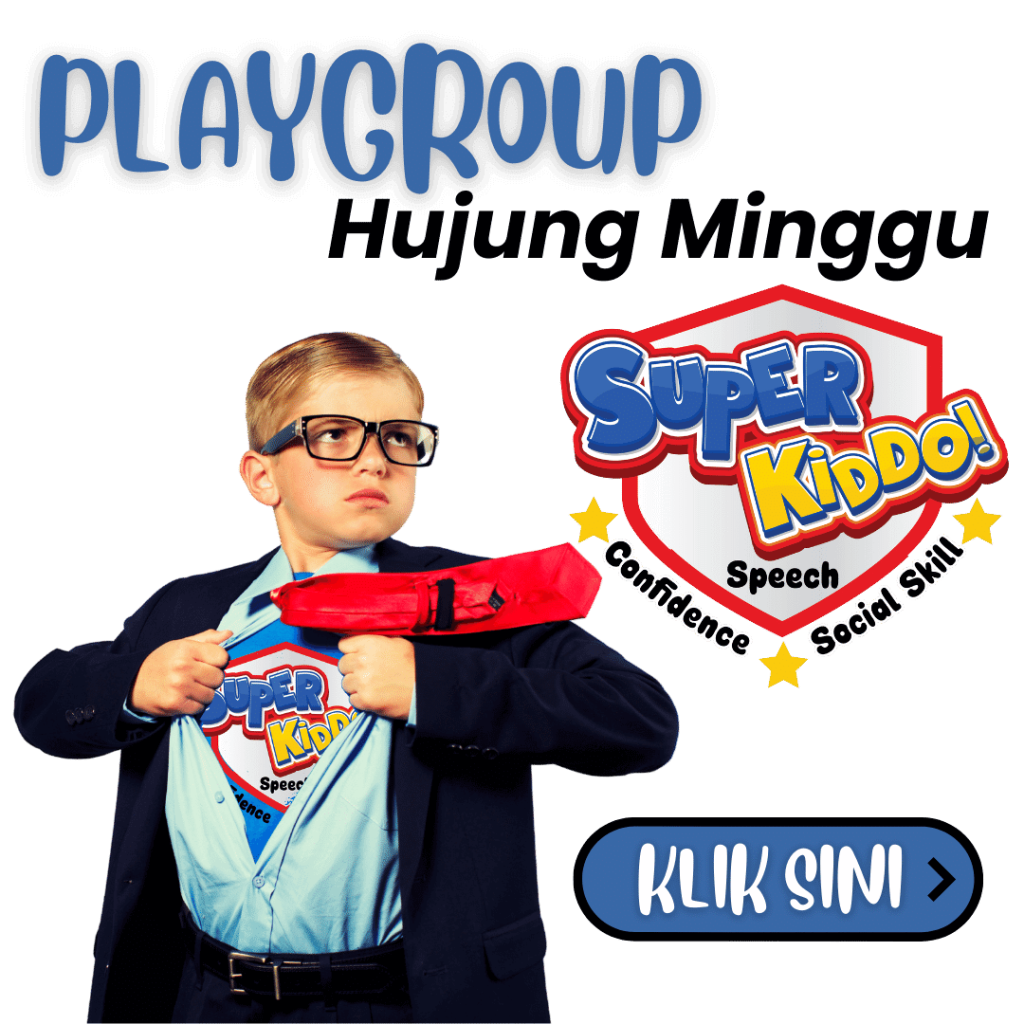Last week we have explored on our child developmental milestones and so, this week it is time for us to identify what are the red flags shown by our lovely children.
Many parents asked, “what does red flags mean?”. Red flag is an indicator or a sign of some particular problem that requiring attention. In our case, when a child does not develop according to their developmental milestone or shows any atypical behaviour, there may be some neurodevelopmental issues that requires professional help. As a parent, it is crucial for us to notice the red flag portrayed by our kids in order to get early intervention or treatment needed. Let’s identify those developmental red flags as below:
1-3 months :
- Doesn’t seem to respond to loud noises
- Doesn’t follow moving objects with eyes by 2 to 3 months
- Doesn’t smile at the sound of your voice by 2 months
- Doesn’t grasp and hold objects by 3 months
- Doesn’t smile at people by 3 months
- Cannot support head well at 3 months
4-7 months :
- Shows no affection for the person who cares for them
- Doesn’t seem to enjoy being around people
- One or both eyes consistently turn in or out
- Persistent tearing, eye drainage, or sensitivity to light
- Does not respond to sounds around them
- Has difficulty getting objects to mouth
8-12 months :
- Does not crawl
- Does not search for objects that are hidden (10-12 mos.)
- Says no single words (“mama” or “dada”)
- Does not learn to use gestures such as waving or shaking head
- Does not show interest in “peek-a-boo” or “patty cake” by 8 mos.
- Does not babble by 8 mos. (“dada,” “baba,” “mama”)
12-24 months :
- Fails to develop a mature heel-toe walking pattern after several months of walking, or walks exclusively on toes
- Does not speak at least 15 words by 18 months
- Does not use two-word sentences by age 2
- By 15 months does not seem to know the function of common household objects (brush, telephone, bell, fork, spoon)
- Does not imitate actions or words by 24 mos.
- Does not follow simple one-step instructions by 24 months
24-36 months :
- Difficulty manipulating small objects
- Inability to communicate in short phrases
- No involvement in pretend play
- Failure to understand simple instructions
- Little interest in other children
- Extreme difficulty separating from primary caregiver
3-4 years :
- Cannot jump in place
- Cannot grasp a crayon between thumb and fingers
- Has difficulty scribbling
- Still clings or cries when parents leave him
- Shows no interest in interactive games
- Ignores other children
- Doesn’t respond to people outside the family
- Doesn’t engage in fantasy play
- Lashes out without any self-control when angry or upset
- Doesn’t use sentences of more than three words
- Doesn’t use “me” or “you” appropriately
If you notice that your child is showing these red flags, it is time for you to take an action and bring her/him for further evaluation. Remember that your action means everything to them!
Sarah Aleesa
Clinical Psychologist of EGSS





